An Indian Space Research Organisation (ISRO) rocket delivered 14 satellites to orbit tonight (Nov. 26), including 12 for U.S. Earth-imaging company Planet and a prototype for Analytical Space.
The ISRO's Polar Satellite Launch Vehicle (PSLV) launched from Satish Dhawan Space Centre on time at 10:58 p.m. EST (9:28 a.m. on Nov. 27 local Indian time).
About 18 minutes after liftoff, the primary payload — India's Cartosat-3 Earth-observation satellite — deployed as planned from the PSLV's fourth stage. The 13 other spacecraft, all of them tiny cubesats, followed suit over the next 10 minutes.
In Photos: Indian Satellites Soar in PSLV Rocket Launch
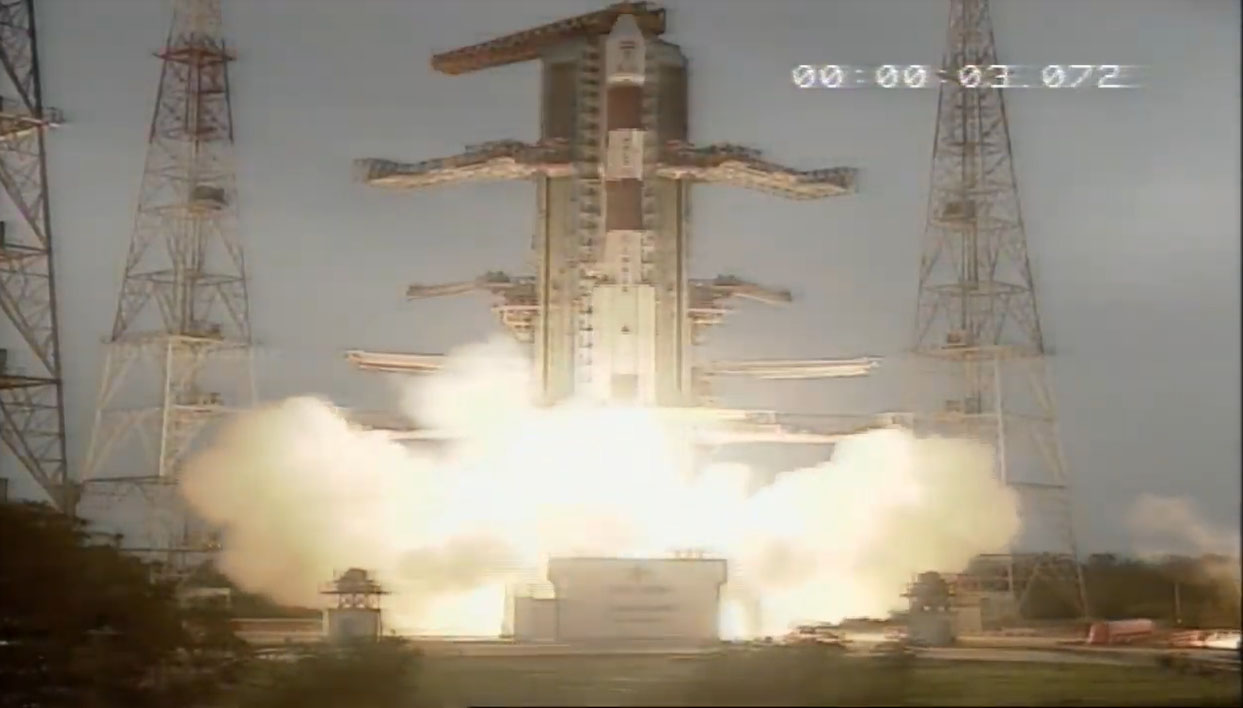
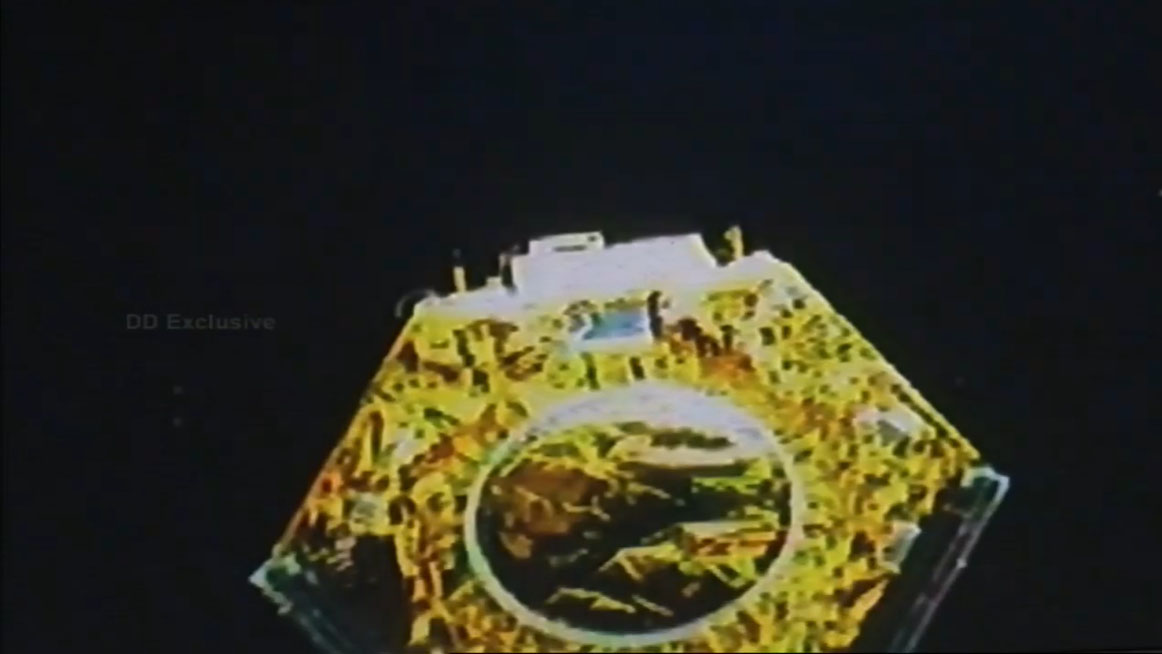

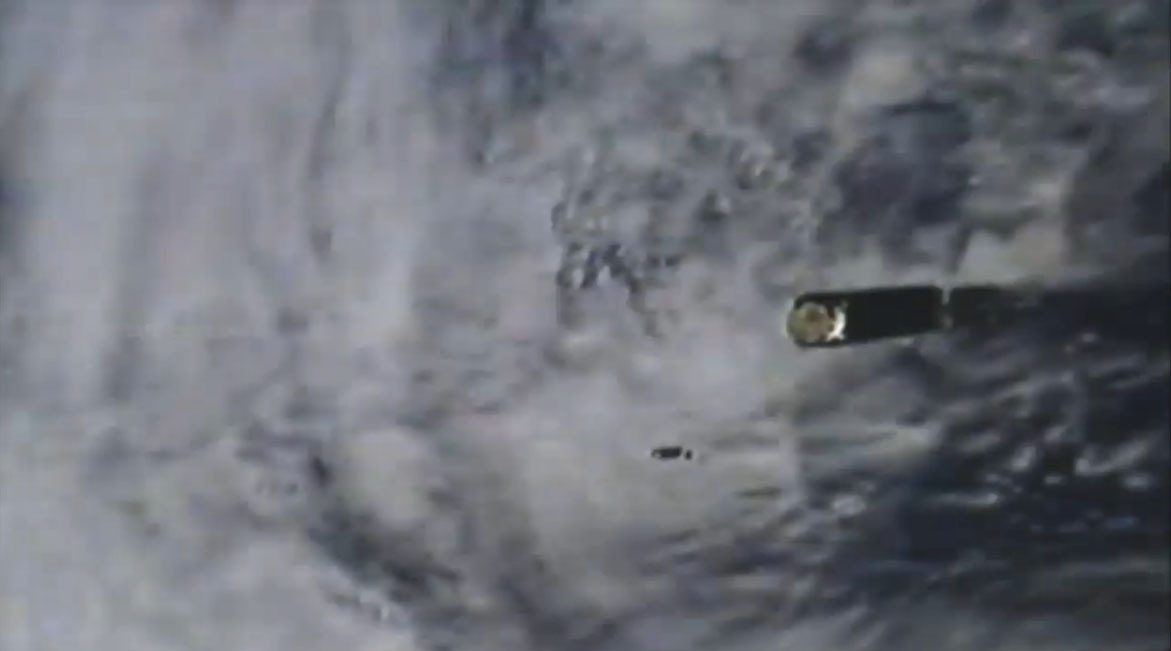
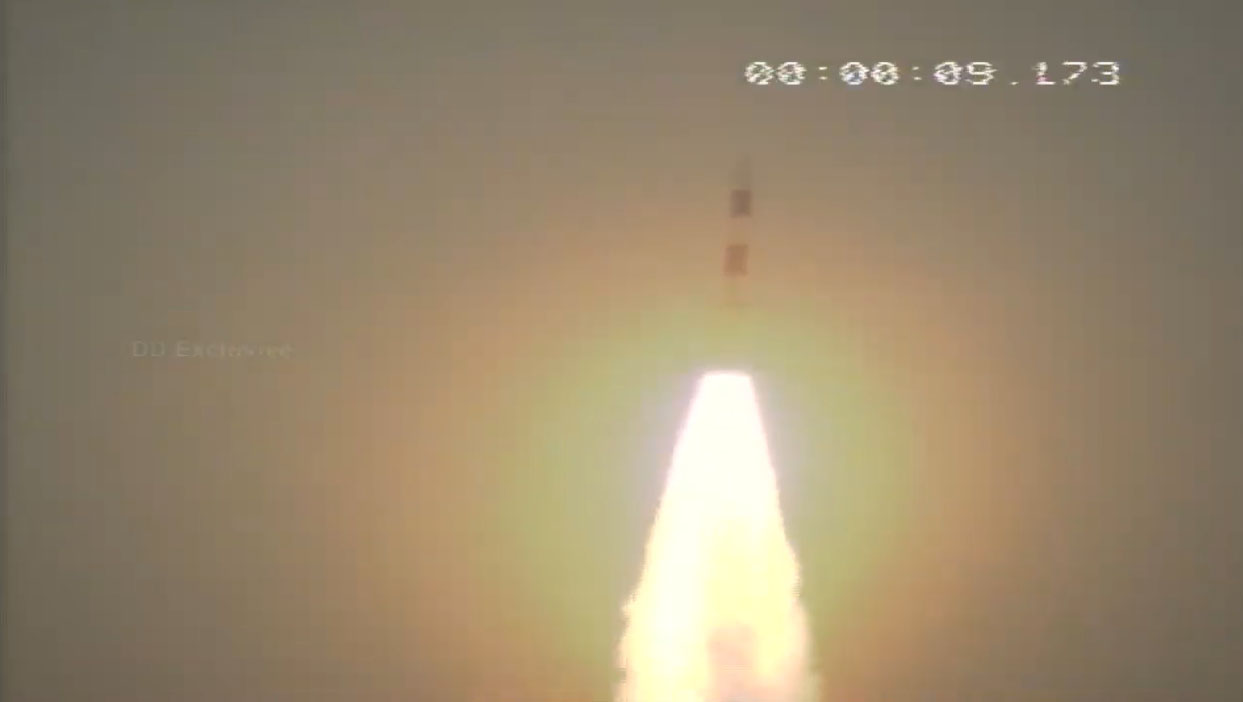
The 3,580-lb. (1,625 kilograms) Cartosat-3 is "a third-generation agile, advanced Earth-observation satellite having high-resolution imaging capability," ISRO officials wrote in the mission's press kit. The spacecraft is designed to study our planet from low-Earth orbit for at least the next five years, gathering data that will aid urban planning and resource and infrastructure development, among other endeavors.
The 12 cubesats from San Francisco-based company Planet are "SuperDoves," the company's latest iteration of tiny Earth-observing spacecraft. The SuperDove line, which includes 26 prototypes that were already in orbit, "features increased spectral bands and major improvements in satellite performance," Planet representatives wrote in a recent blog post.
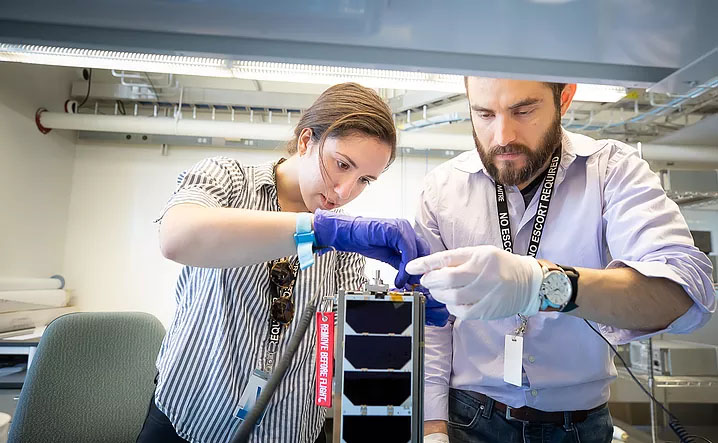
Rounding out the payloads lofted tonight is "Meshbed," a cubesat provided by Massachusetts-based company Analytical Space.
Get the Space.com Newsletter
Breaking space news, the latest updates on rocket launches, skywatching events and more!
Meshbed is "a technology demonstration spacecraft intended to pave the way for users on the ground to gain faster access to satellite data," Analytical Space representatives wrote in a description of the satellite. "The spacecraft features a patented MITRE antenna that could help enable that application, as well as government missions including tactical communications and intelligence, surveillance and reconnaissance."
The PSLV flew tonight in the "XL" configuration, meaning it featured six strap-on solid rocket motors. This launch was the 21st PSLV XL mission and the 49th overall for the Indian rocket, which debuted in 1993.
- ISRO: The Indian Space Research Organization
- Planet Labs Photos of Earth from Space (Gallery)
- CubeSats: Tiny, Versatile Spacecraft Explained (Infographic)
Mike Wall's book about the search for alien life, "Out There" (Grand Central Publishing, 2018; illustrated by Karl Tate), is out now. Follow him on Twitter @michaeldwall. Follow us on Twitter @Spacedotcom or Facebook.

Join our Space Forums to keep talking space on the latest missions, night sky and more! And if you have a news tip, correction or comment, let us know at: community@space.com.

Michael Wall is a Senior Space Writer with Space.com and joined the team in 2010. He primarily covers exoplanets, spaceflight and military space, but has been known to dabble in the space art beat. His book about the search for alien life, "Out There," was published on Nov. 13, 2018. Before becoming a science writer, Michael worked as a herpetologist and wildlife biologist. He has a Ph.D. in evolutionary biology from the University of Sydney, Australia, a bachelor's degree from the University of Arizona, and a graduate certificate in science writing from the University of California, Santa Cruz. To find out what his latest project is, you can follow Michael on Twitter.









